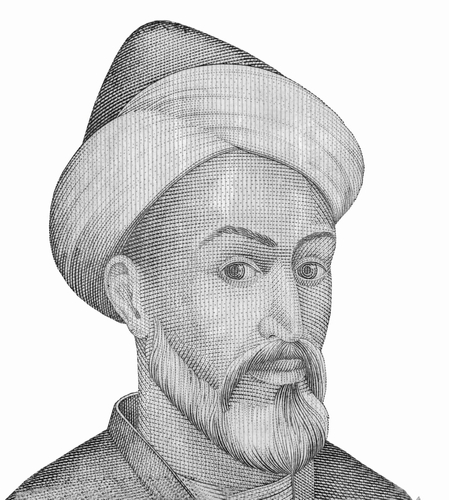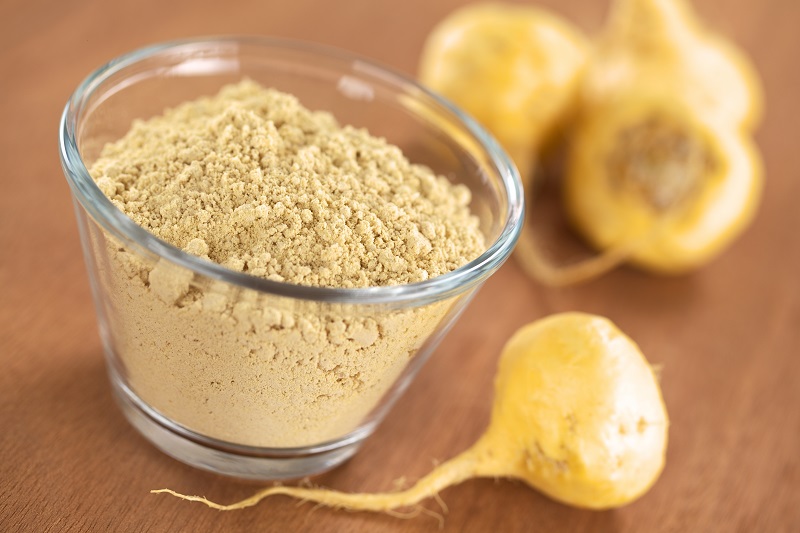Historical Herbalist: Ibn Sina
Introduction
Born in 980 CE in what is currently Uzbekistan,1 Abu Ali Al-Hussein Ibn Abdullah Ibn Sina went on to become one of the most influential philosophers before the modern era. Known in the West as Avicenna,2 his writings are prolific and spanned several subjects, including medicine of which The Book of Healing and The Canon of Medicine have the most long-lasting legacy.3
The Canon of Medicine
Completed only 12 years before Ibn Sina’s death, The Canon of Medicine is considered the most influential text written by a Muslim physician.1 It is also considered one of the most famous in the history of medicine.4 In fact, it became a textbook quickly after it was translated to Latin in the 12th century and remained in use through the 17th century.1 The second book in the five-book canon included a Materia Medica of 800 flowers, minerals, and animal products which catalogued their uses, properties, and alternatives.5
Visible Today
Not only did Ibn Sina contribute to the education of medical professionals for hundreds of years. His mausoleum was refurbished in the 1950s in Hamadan and remains a popular tourist destination today.4 So valued is his legacy in the Middle Eastern region, that his likeness appears on the Tajikistan 20 somoni bill!3
Sources
1 – Avicenna (Ibn Sina) – Internet Encyclopedia of Philosophy
2 – Avicenna’s Canon of Medicine: Health and Disease – PMC









